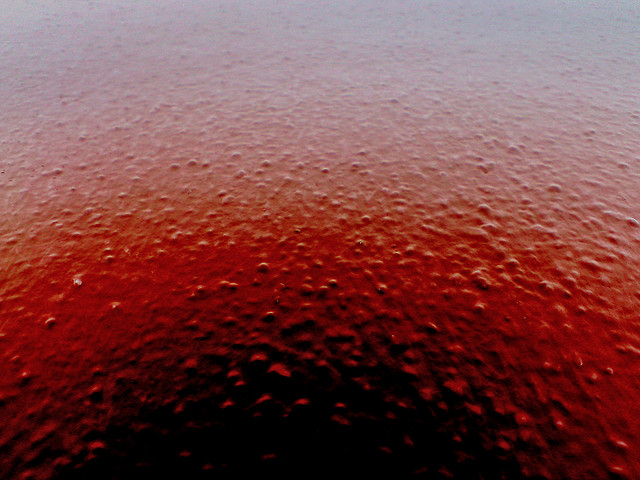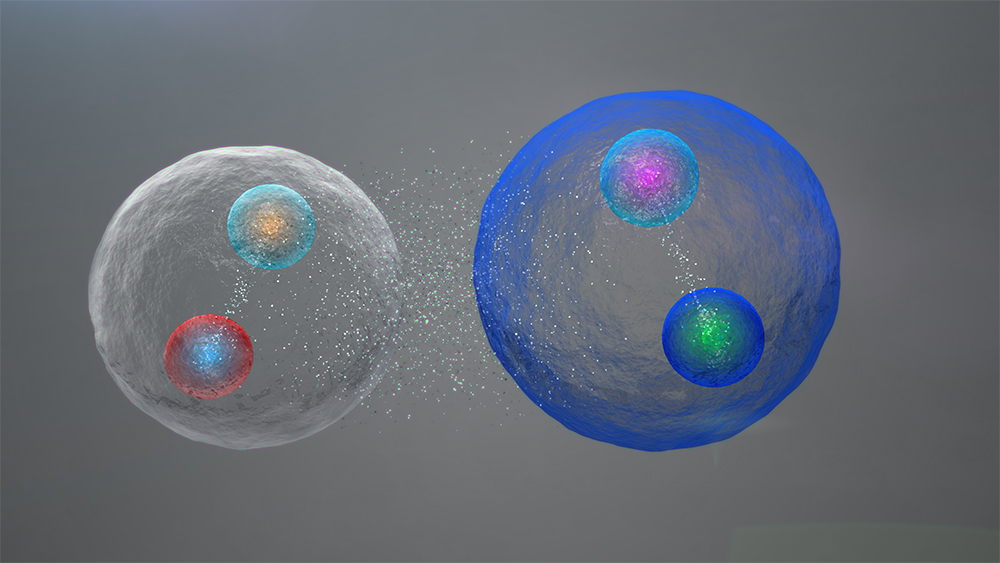Mars is the fourth planet from the sun and comes after Mercury, Venus and Earth. Mars is fondly called ‘the red planet’ because of its appearance. The red tinge of the planet is because of presence of Iron oxide, also known as hematite or rust. This is present all over the planet. Because of its lovely colour, Mars has always been easily distinguished from other planets. The Egyptians called it ‘Har decher’ meaning ‘red one’ in Egyptian. In India, it was often known as ‘Lohitanga’ meaning ‘body of iron’. Chinese astronomers called it ‘The fire star’.
Mars is the second smallest planet in the solar system. The diameter of mars is half that of earth. The entire surface are of mars is as much as the total surface of dry land on Earth. Mars in many ways is similar to earth.
Do you what are planets that are similar to earth in composition called? They are called Terrestrial planets – a term that is derived from Latin word ‘terra’ meaning earth. Mercury, Venus, and mars are terrestrial planets.
Mars has two moons – Phobos and Deimos. These natural satellites are irregular in shape and are trapped asteroids. Martian surface has valleys, volcanoes, deserts and polar ice caps just like those on earth. Mars also has seasons like us. The only difference being that temperatures are extreme. Mars boasts of the tallest mountain of the solar system – Olympus Mons. It is three times as tall as Mount Everest! Another typical feature of mars is Valles Marineris – a huge canyon that stretches about 4000kms and is 200km wide!
Mars has always been much talked about planet. Why? Because of suspected presence of water and, therefore, life. Isn’t that idea exciting? Life on another planet! For a long time, scientists thought that there was the presence of lakes and oceans on Mars. In fact, some people believed that mars were inhabited by super intelligent Martians who built canals and conducted irrigation on the planet. But sadly the belief turned out to be wrong. In 1965, Mariner spacecraft proved that the dark lines and patches that looked like water bodies were mere optical illusions. Mars has no water and is a dry desert.
Now the question is – Did Mars ever had water? Or has it been dry desert ever since its existence?
Mars rovers – Spirit, Opportunity and Curiosity have collected many rock samples that strongly indicate the presence of water at some point in time on the planet.
Does this mean that there was once life on the red planet?
If there were life, how did Martians look?
Why did the water disappear?
These are few of many questions that have been baffling scientists. Hopefully, we will find all the answers soon :)





Leave a Reply